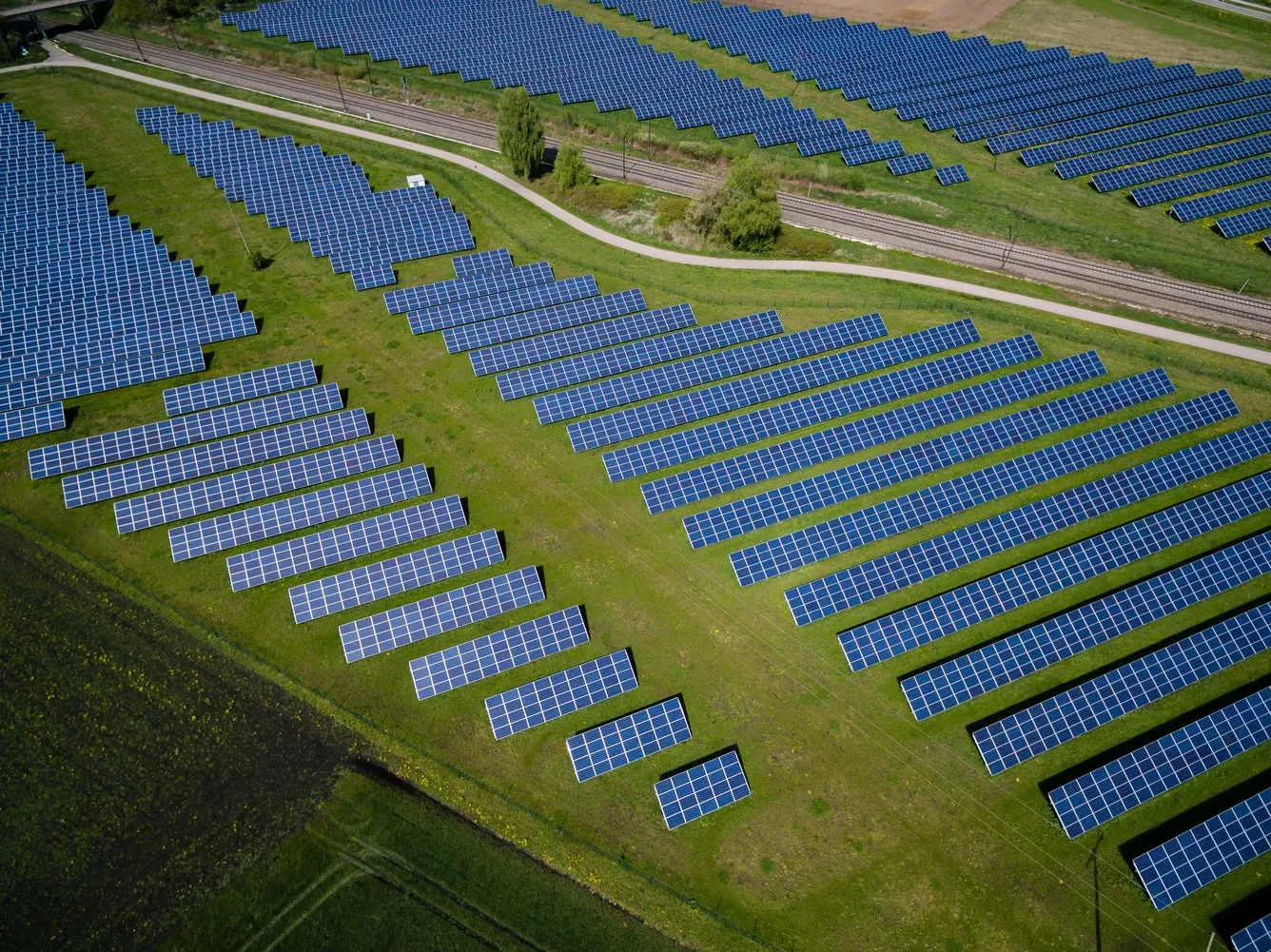Why Are Prices High? Gas, Hedging, and Your Bill
Two key factors influence the price you pay: Ireland’s reliance on natural gas and the “hedging” strategy suppliers use to protect you from market shocks.
The Link to Natural Gas
In Ireland, our wholesale electricity prices directly track the price of natural gas as 46% of our electricity is generated using it. Our market is particularly vulnerable to global events because our reliance on imported natural gas has risen dramatically, from 32% in 2017 to 77.5% in 2023. When global gas prices spiked, such as after Russia’s invasion of Ukraine in 2022, it triggered a sustained and dramatic spike in the cost of generating electricity in Ireland.
Wholesale vs. Retail: The “Smoothing” Effect
This leads to an important question: why is the price you pay often higher than the “wholesale price” reported in the news?
Suppliers work to protect customers from the extreme, daily volatility of the energy market. They do this using a strategy called hedging—buying energy months, or even up to two years, in advance at a fixed, known price. This is the main tool used to provide customers with stability.
This creates a “smoothing” effect:
- When daily prices fall: The customer price may be higher for a time. This is because it reflects the price of energy bought up to two years previously.
- When daily prices spike: This same mechanism is what protected customers from the very worst of the price shocks, cushioning households from the full impact.
What Am I Paying For? Deconstructing Your Bill
It’s a common misconception that your bill is just the cost of the energy you use. In reality, the wholesale “Energy cost” is only 55% of the total market cost.
The rest of your bill is made up of fixed, non-energy costs required to run the entire system, most of which are outside of your supplier’s control.
These fixed costs include:
- Transmission Costs (15%): Moving high-voltage power across the country.
- Distribution Costs (14%): The local wires that bring power to your home.
- Imperfection Costs (7%): Costs to manage grid constraints, such as having to turn on expensive gas plants when wind is turned down because the grid cannot take it (e.g., lack of North-South Interconnector).
- Capacity Costs (6%): Ensuring supply can always meet demand, which has increased due to the need to build new power stations and refurbish others.
- Public Service Obligation (PSO) (3%): Supporting renewable energy generation.
These charges cover everything from the physical wires to ensuring the lights stay on. They have increased recently due to essential investments in new power stations and temporary emergency generation needed to meet rising demand.
Is the Market Broken?
A System in “Recalibration”:
The high costs are not a sign of a “broken” market. Rather, the market is in a “fundamental recalibration”. Prices are being driven by global gas shocks and the essential, large-scale investment needed to move Ireland away from volatile fossil fuels.
This investment in renewables, grid upgrades, and security of supply is precisely what will deliver a “secure, affordable, and efficient electricity system” for the long term. By increasing electrification and using our own indigenous renewables, Ireland can reduce its dependency on imported fossil fuels and, over time, reduce the average unit costs of electricity.
How Suppliers Are Protecting and Supporting Customers
Electricity suppliers are actively working to protect customers by empowering them to manage costs and providing crucial support for those in difficulty.
Empowering Customers to Manage Costs:
Suppliers are helping customers reduce their own bills by:
- Buying energy months, or even up to two years, in advance to protect customers from the extreme, daily volatility of the energy market.
- Providing Smart Tariffs: Offering innovative “Time-of-Use” tariffs that have cheaper electricity rates at off-peak times. Customers can maximise savings by shifting demand away from the 5-7 pm peak.
- Offering Clearer Data: Using enhanced insights from smart meters to help customers see exactly where their energy is being used.
- Giving Practical Advice: Communicating clear data, personalised messaging, and practical “Top Tips” on energy efficiency.
Supporting Vulnerable Customers:
Suppliers have established hardship funds to support customers who are struggling to pay their energy bills.
Furthermore, a critical new protection was introduced on December 1st, 2022: suppliers must ensure that all customers with a financial hardship meter are automatically placed on the most economic tariff available. This means the customer must be given the cheapest tariff, even if it is one normally reserved for new customers or as a retention offer.
Preventing Disconnections: The Energy Engage Code
Most importantly, suppliers prevent disconnections through active engagement. Suppliers were key in developing the Energy Engage Code, an industry-wide initiative to encourage customers to stay in contact.
This code includes a clear and vital commitment: no customer who engages with their supplier will be disconnected.
For customers who do not engage, suppliers are also recommending new “early intervention mechanisms” to help prevent large debts from accumulating.
If you are struggling with your bills, the most important step you can take is to contact your supplier. They have systems and supports in place to help.

